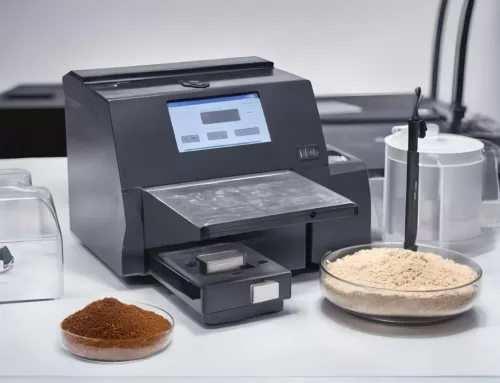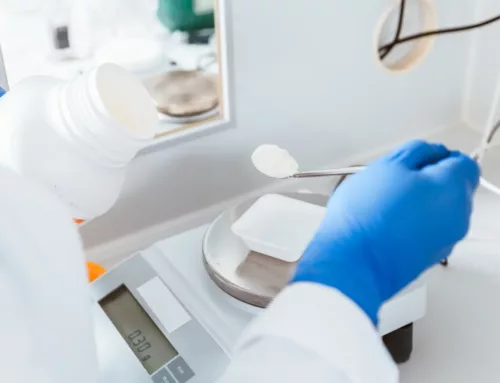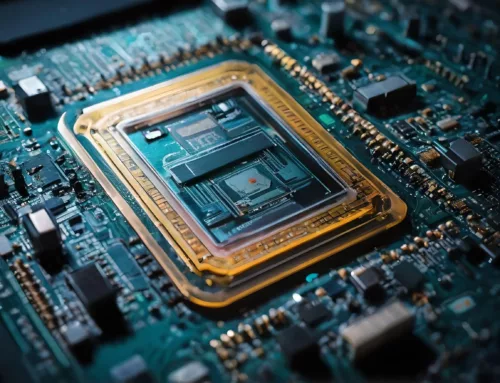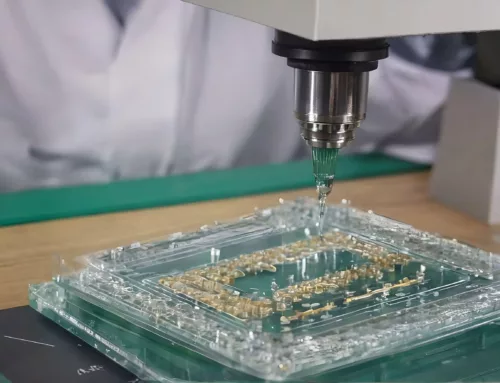Nanotechnology is rapidly being integrated into industry and our daily lives through electronic devices and everyday machines and products. With its wide-ranging application potential and the seemingly endless possibilities to tailor the nanoparticles of any material to suit specific needs, the industrial and commercial applications possibilities, combined with the drive to go smaller, are helping to drastically change and maybe even revolutionize a lot of materials, methodologies, and overall technology in many different industry sectors, such as semiconductors, pharmacology, biotechnology, transportation, aerospace, satellite technology, artificial intelligence, alternative energy, food manufacturing, additive manufacturing, among many others.
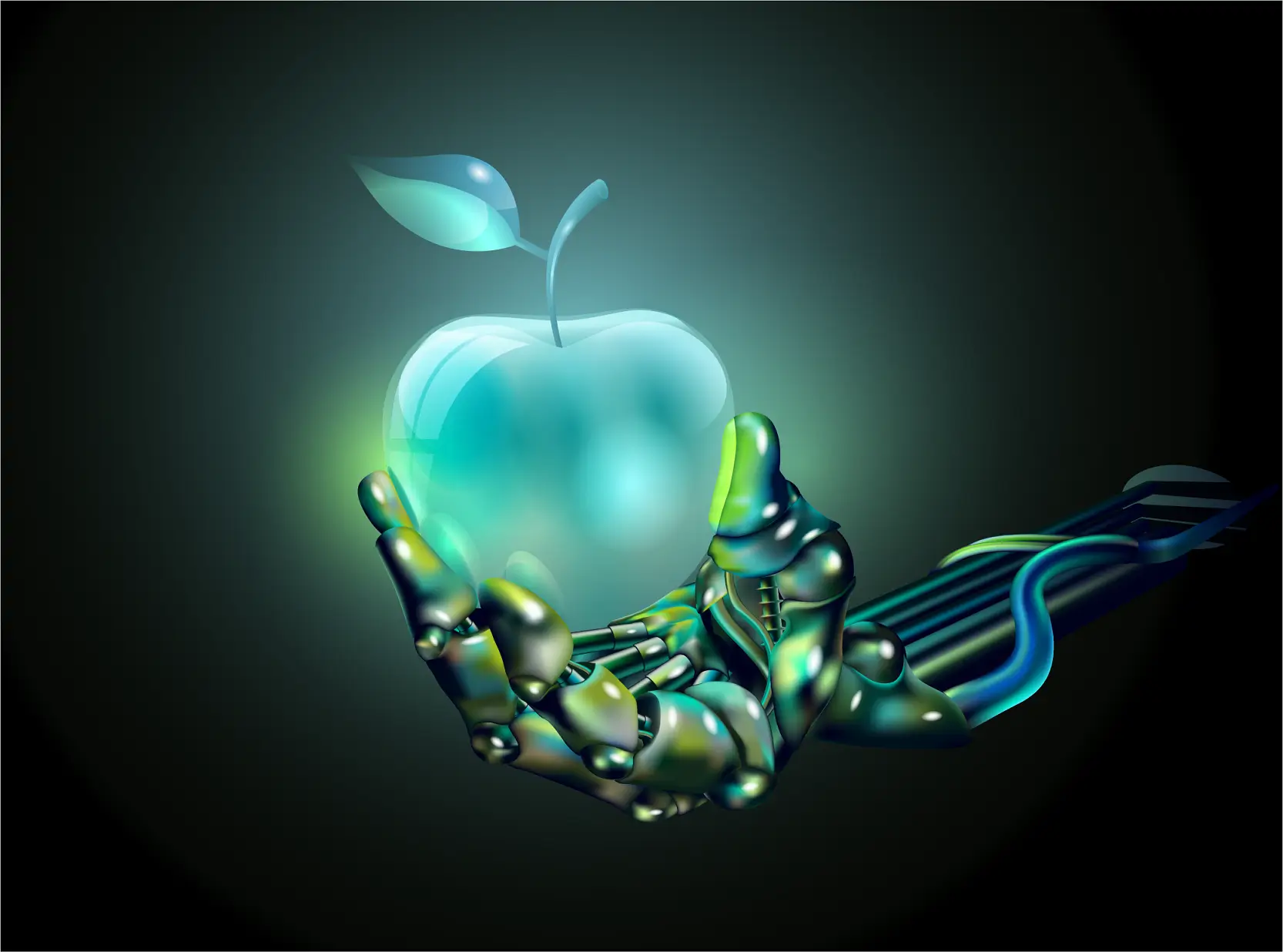
Nanoparticles and their vast array of application possibilities are facilitating our hunger for technological advancements perfectly in an ever-growing technological space age. Depending on cost and demand, basically, everything you can think of from nanoparticle-based medication to fabrics, coatings, and semiconductors to metal construction materials can be technically designed and made with nanoparticle technology. This opens doors to materials having larger surface areas, being stronger, lighter, more conductive, faster, more durable, more protective, having more heat or chemical resistance, offering more lubrication, better combustibility, being antimicrobial or oxidative, etc. All these beneficial features can be integrated partially or completely using nanoparticles and nanotechnology into all our products. Even today, if we realize it or not, there are a lot of everyday commercial products available on the market and in daily use that have been made using nanoparticle technology.
Industry drive
At the click of a button, in the past decade or so, social media and the massive amounts of data readily available in the comfort of our homes have helped consumer awareness grow substantially concerning nutrition, food safety, and food quality. This consumer awareness is driving the industry to move faster with innovation to fulfill the demand for better, safer products. According to industry analysis, the global nanotechnology market is set to increase from roughly 2 billion USD to an estimated 34 billion USD market by 2030. All industries have a drive to increase and hold onto market share, creating leadership in product innovation and improved quality. Global population growth, logistics, and demand for more sustainable resources and production methods Incentivize industries to research, innovate, and implement newer technologies.
Food and nutrition
Presently, one of the biggest industries to be affected by nanotechnology and where it could potentially be a great addition to, and create a foundation for, global food sustainability are the biotechnology, nutrition, food production, and agricultural industries. Nanotechnology in the food industry is a relatively new application in the food sector, but it will drastically change how the food industry operates. In essence, every atom and molecule can be tailored to fit specific parameters and be controlled by nanotechnology techniques. Modifying the food on a molecular level to withstand biocides, improve the volume and crop size, prevent microbial attacks, improve flavor, and color, and prolong shelf life, to name but a few, overall improve global food production, quality, variety, and freshness. To enhance the taste, texture, and appearance of manufactured food products, modified food additives, emulsifiers, stabilizers, enzymes, pigments, and other ingredients have been developed using nanoparticle technology, offering more concentrated flavors and more vibrant colors
Nanoparticle implementation
Industry and consumer markets will change and adapt as new nanoparticle innovations get implemented and gain widespread acceptance. Changes in the food industry regarding nanotechnology will impact every sector, such as agricultural processes, storage facilities, distribution, food manufacturing, food processing equipment, and safety and quality control measures, to name but a few. For widespread nanomaterial to be accepted by consumers, labeling would be an important factor for consumer trust and market acceptance. Nano tracers will give manufacturers and consumers product labeling information regarding nanoparticle content, nanoparticle type, and purpose. To improve food product shelf life and safety, nanoparticle technology has been used to design intelligent packaging that acts as a barrier, preventing spoilage and microbial and other foreign particle contamination. Nanoparticle-derived packaging is stronger, more flexible, lighter in weight, and offers more microbial prevention than current methods. This will increase product quality, shelf life, and overall safety. Other nanotechnology implementations in the food and agricultural sectors are food preservation, nano fertilizers, nano food additives, enhanced nutraceuticals, and nano-sensors.
Food and production safety
Food safety can also be monitored by nano-sensors to detect potential foodborne pathogens. The field is coined nano bio-technology and is focused on how pathogens and food contamination can be controlled or prevented, which relates to storage and prolonging food product shelf life. Several particles, such as titanium dioxide, gold, silver, and zinc, can be used in food preservation, inhibiting the formation of harmful microbes through electrostatic reactions. Other developments, such as nanoshells and quantum dots, can be implemented for their antibacterial and antifungal properties.
Nanoparticles and the Environment
Even though nanoparticle innovations seem like the holy grail of a new era of cutting-edge technology, there is some concern by the cautious-minded about potential compounding human health risks and environmental hazards. The human concern regarding nanoparticle exposure, both from the environment and consumer products, is the human anatomy. Nanoparticles can enter the human body through the inhalation of nanoparticles in the air via aerosols or vapor gases. Particles can enter through skin absorption or digestion. Once in the body, nanoparticles can easily enter the bloodstream and lymphatic systems and even cross the blood-brain barrier. Nanoparticles can interfere with the body’s homeostasis, accumulate in body tissues, possibly interfere with DNA polymerase or phosphorylation reactions, trigger the autonomic nervous system affecting heart rate, or cause a general inflammatory response.
The verdict is still out.
Overall, the use of nanotechnology in the food industry has the potential to significantly improve the safety and quality of food products with sustainable smart packaging while adding more nutritional value to food products by using nanoparticles to create highly bioavailable forms of nutrients, such as vitamins, minerals, and probiotics which can support and improve digestive health. However, there are still many challenges to overcome in the development and global implementation of nanotechnology in our food processing, packaging, and agricultural industries. The potential benefits are significant enough to invest more resources into nanotechnology development, which is likely to lead to significant advancements in the nanoparticle technology field. As with most technologies, they eventually benefit mankind in some form or another.

